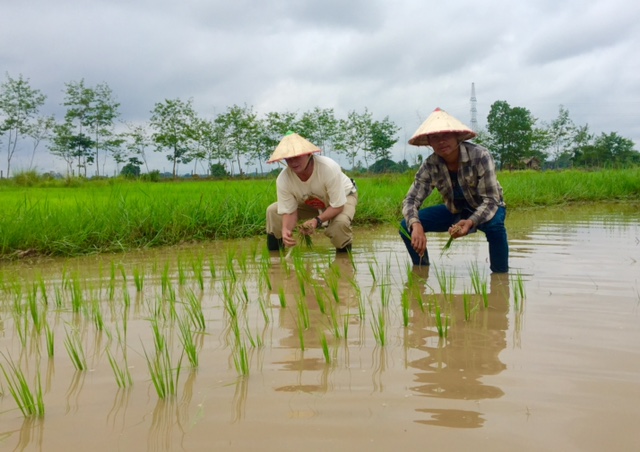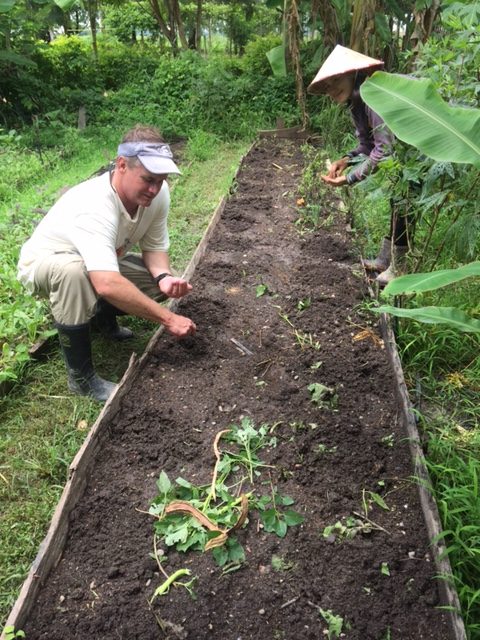
Country Information:
A country slightly larger than Utah, Laos is a landlocked country home to approximately 7.5 million people. The capital of Laos is Vientiane. The official language of Laos is Lao, but French, English and various ethnic languages are also widely spoken. The majority of Laotians practice Buddhism. Major exports of Laos include wood products, coffee, electricity, tin, copper, gold, and cassava.
Jim’s Perspectives:
Laos is known for its cultural and natural attractions. When visiting, one cannot miss out on the stunning beauty of the Mekong River. Here tourists can explore the river for some of the world’s most beautiful limestone karsts. Adventurers will also enjoy kayaking or tubing down the River. Also of interest are the Buddhist temples located in the capital city, Vientiane. One such is the 16th century Pha That Luang temple that has become a national symbol of Laos.
I spent an amazing day in 2015 working at a farm about an hour outside of Vientiane. Learned how to plant rice, grow organic veggies, fish with traps and cooked a traditional Laotian meal. Amazing experience! I walked around the town center; the night bazaar; the next morning ran along the Mekong River. Was blessed by a Laotian monk who helped me get my kwan back!


